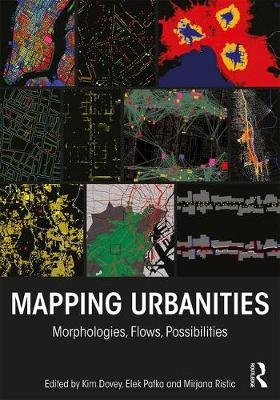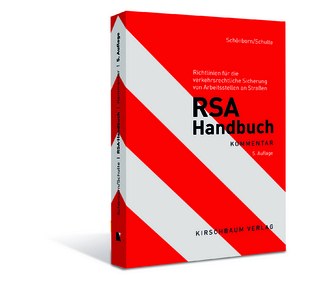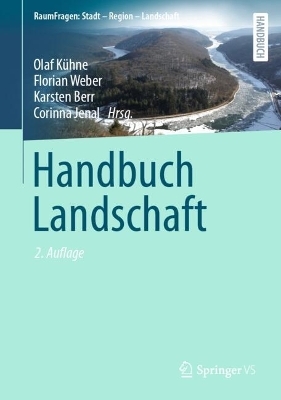
Mapping Urbanities
Routledge (Verlag)
978-1-138-23361-4 (ISBN)
With a focus on urban scales, Mapping Urbanities explores the potency of mapping as a research method that opens new horizons in our exploration of complex urban environments. A primary focus is on investigating urban morphologies and flows within a framework of assemblage thinking – an understanding of cities that is focused on relations between places rather than on places in themselves; on transformations more than fixed forms; and on multi-scale relations from 10m to 100km.
With cases drawn from 30 cities across the global north and south, Mapping Urbanities analyses the mapping of place identities, political conflict, transport flows, streetlife, functional mix and informal settlements. Mapping is presented as a production of spatial knowledge embodying a diagrammatic logic that cannot be reduced to words and numbers. Urban mapping constructs interconnections between the ways the city is perceived, conceived and lived, revealing capacities for urban transformation – the city as a space of possibility.
Kim Dovey is Professor of architecture and urban design at the University of Melbourne. His research is broadly focused on theories of 'place' and practices of power, covering a broad range of social issues in architecture and urban design. He has a PhD from the University of California, Berkeley. Elek Pafka is Lecturer in urban planning and urban design at the University of Melbourne. His research is focused on the relationship between material density, urban form and the intensity of urban life, as well as methods of mapping the 'pulse' of the city. He has a PhD from the University of Melbourne. Mirjana Ristic is Humboldt Postdoctoral Research Fellow at the Institute for Sociology, TU Darmstadt. Her research is focused on political issues in architecture and urban design, including the role of buildings and public spaces in mediating nationalism, conflict, power, violence and resistance. She has a PhD from the University of Melbourne.
List of Contributors Chapter 1: Mapping as Spatial Knowledge Part I: Capacities Chapter 2: Functional Mix Chapter 3: Walkable Access Chapter 4: Densities Part II: Flows Chapter 5: Streetlife Rhythms Chapter 6: Transport in Suburbia Chapter 7: Motorcycle Mobilities Chapter 8: Transit Assemblages Chapter 9: Public/Private Interfaces Part III: Territories Chapter 10: Creative Multiplicities Chapter 11: Graffiti as Character Chapter 12: Warscapes Chapter 13: Informal/Formal Morphologies Chapter 14: Incremental Urbanisms Chapter 15: Urban Design Pedagogy Index
| Erscheinungsdatum | 30.01.2018 |
|---|---|
| Zusatzinfo | 10 Line drawings, color; 95 Halftones, color |
| Verlagsort | London |
| Sprache | englisch |
| Maße | 189 x 246 mm |
| Gewicht | 780 g |
| Themenwelt | Naturwissenschaften ► Geowissenschaften ► Geografie / Kartografie |
| Sozialwissenschaften ► Soziologie | |
| Technik ► Architektur | |
| ISBN-10 | 1-138-23361-7 / 1138233617 |
| ISBN-13 | 978-1-138-23361-4 / 9781138233614 |
| Zustand | Neuware |
| Haben Sie eine Frage zum Produkt? |
aus dem Bereich


